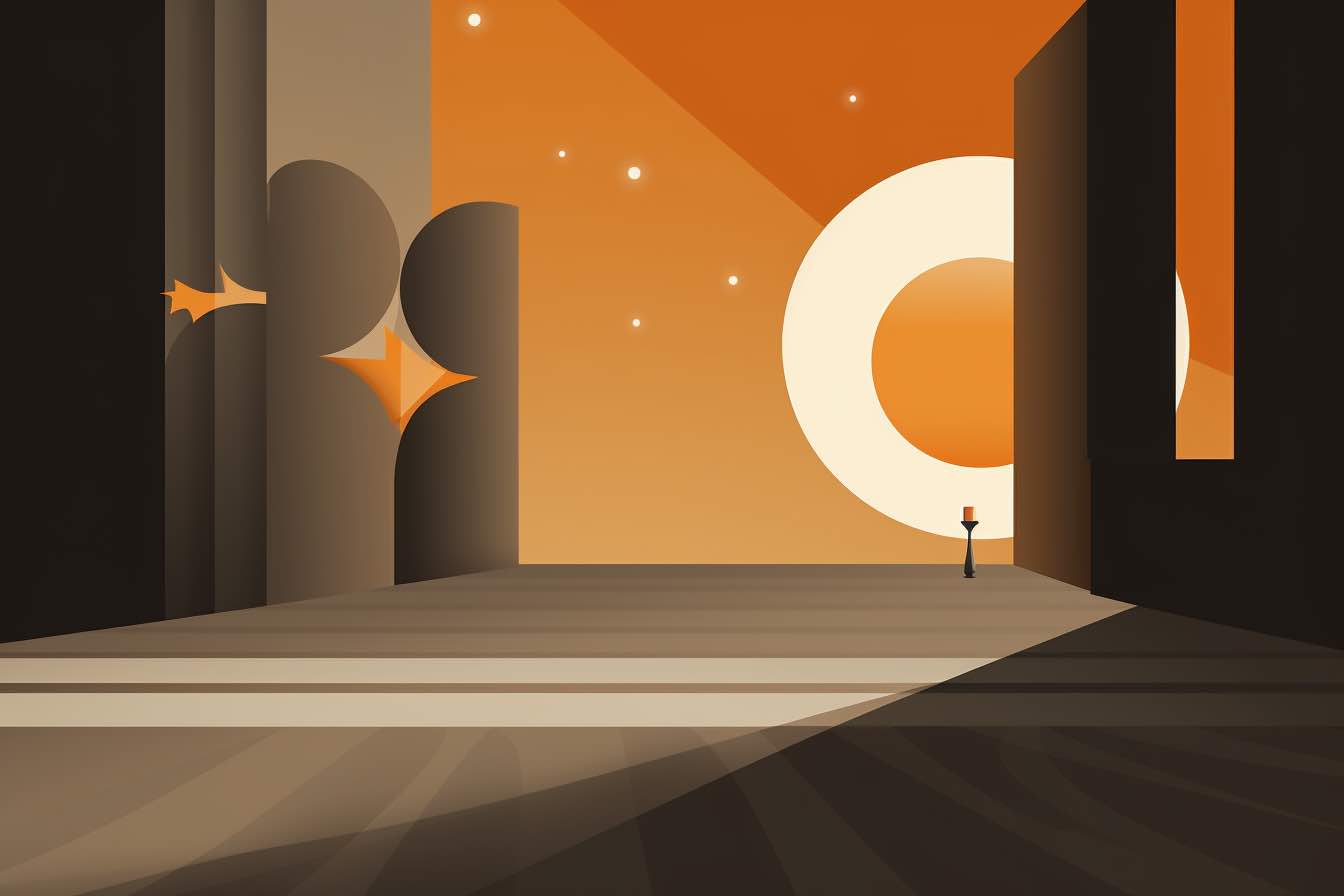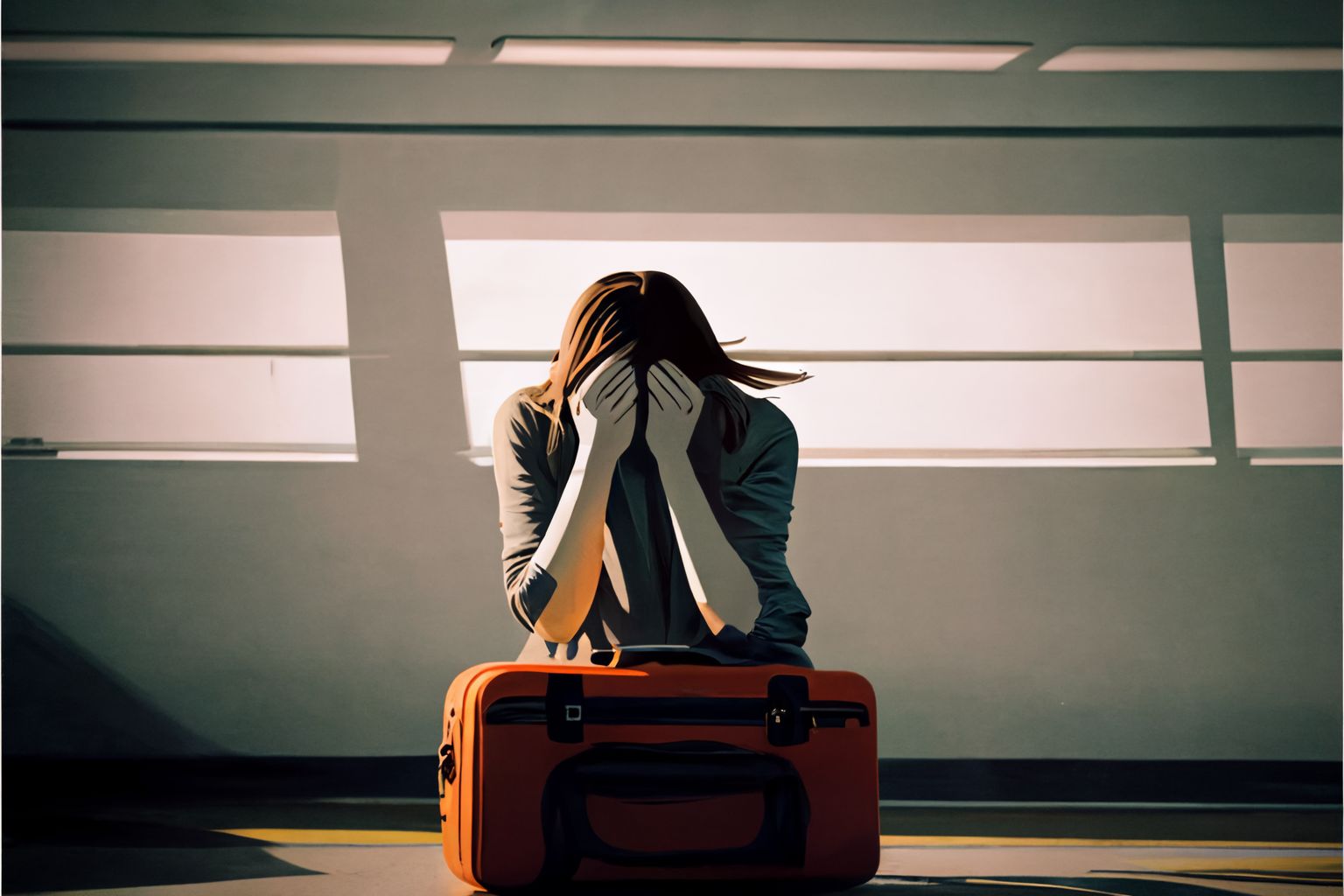The moment Lia Saunders stepped off the bus from Huanchaco, Peru, to Huaraz last fall, when the effects of the high altitude hit her. “The world was spinning and I felt like death,” she says. “It was like the worst hangover you can imagine — a constant spinning motion.”
Saunders, a business-systems analyst from San Francisco who was on an extended honeymoon, had taken every precaution against altitude sickness, including a Diamox prescription, drinking plenty of water and ascending to altitude slowly. But the drive from a beach resort to a city at an elevation of 10,013 feet, though gradual, proved to be too much. Saunders spent the next three days in bed.
“The only thing that helped me was coca-leaf tea,” she remembers.
Altitude sickness is frequent in travelers
Altitude sickness, or acute mountain sickness (often called AMS), is a frequent companion for travelers, even if they’re not heading to the Andes. The average aircraft maintains pressurization at an altitude of 6,000 to 8,000 feet above sea level, which can induce a slight feeling of queasiness. And that’s all it takes to set off a chain reaction of unfortunate symptoms that could ruin your next vacation. (But it doesn’t have to. Here’s how to look out for your health while traveling.)
“In simple terms, altitude sickness is caused when you make an initial ascent from low altitude to high altitude,” explains Jeannine Benson, a physician with Kaiser Permanente in Edwards, Colo., which serves high-altitude destinations in Summit County. At higher elevations, the partial pressure of oxygen in the atmosphere is significantly lower. Less available oxygen means you have to work harder to get the same amount of air as you do at sea level.
“It can affect anyone who travels at altitude, regardless of age, fitness level, gender or ethnicity,” says Eric Johnson, a founding physician at Everest ER, the medical clinic located at the legendary Nepal mountain’s base camp.
While it’s challenging to predict if you’ll become ill, certain factors are known to make you more susceptible. They include strenuous activity — such as skiing — alcohol consumption and rapid ascension.
Symptoms
Symptoms include headache, loss of appetite, trouble sleeping. In severe cases, pulmonary or cerebral edema — swelling or pressure in the lungs or brain. It’s medically treatable with Diamox or Diamox Sequels (acetazolamide), a medication also used to treat glaucoma and epilepsy.
The best way to prevent AMS, obviously, is to avoid high altitudes. If you can’t, “Altitude sickness can be prevented by ascending gradually,” says David Freedman, founder of the University of Alabama at Birmingham Travelers’ Clinic. So take a day to adjust to the altitude in Denver before heading up to Vail.
I suffer from chronic altitude sickness. The mere thought of climbing a mountain makes my head hurt. Yet, I love to ski. I’ve tried everything to combat the effects of AMS, but after many trips to the mountains. I’ve concluded that the best cure is time. A day or two is usually all it takes to acclimate to the altitude.
Travelers have their own remedies, not all of which are scientific
When Jared Alster recently developed AMS on his way to Everest Base Camp, he discovered an effective fix for altitude malaise. “After a cup of ginger tea and a few Excedrins, I felt much better and successfully made the climb,” says Alster, who works for a travel review site.
Yasmina Ykelenstam, a food blogger, prepares for high altitudes by changing her diet. “I ingest a ton of leafy greens and fruits,” she says. They’re high in salicylic acid, a compound with anti-inflammatory properties, which she says wards off the effects of altitude sickness.
Oh, and Saunders isn’t kidding about the coca
“Historically, coca tea or leaves have been used to help mitigate the affects of altitude,” explains Daniel Jaramillo. A director of Colombia Eco Travel Group, a tour operator that specializes in high-altitude destinations. (Coca tea is only legal in Argentina, Bolivia, Chile, Colombia, Ecuador and Peru, so it’s not a viable altitude sickness remedy for Americans unless they are visiting those places.)
The travel industry has jumped in to help afflicted travelers in its own way. At the Four Seasons Resort and Residences Vail, the staff provides guests with an “Altitude Adjustment Kit,”. It includes an oxygen can, Gatorade, a chocolate bar, a granola bar, and lip balm. It’s accompanied by a card with practical advice on overcoming AMS. (Sample tip: “Eat more pasta.”)
The Montage Deer Valley in Park City, Utah, serves stricken guests a special high-altitude tea blended by its spa. The combination of elderflower, milk thistle, nettle and astragalus is said to lessen the symptoms of altitude sickness.
So if you’re headed to the mountains this summer, here’s the takeaway: Go slow or don’t go. Ascending too quickly puts you at risk of AMS. You can take something to make you feel better, but wouldn’t you rather avoid the headache in the first place?




